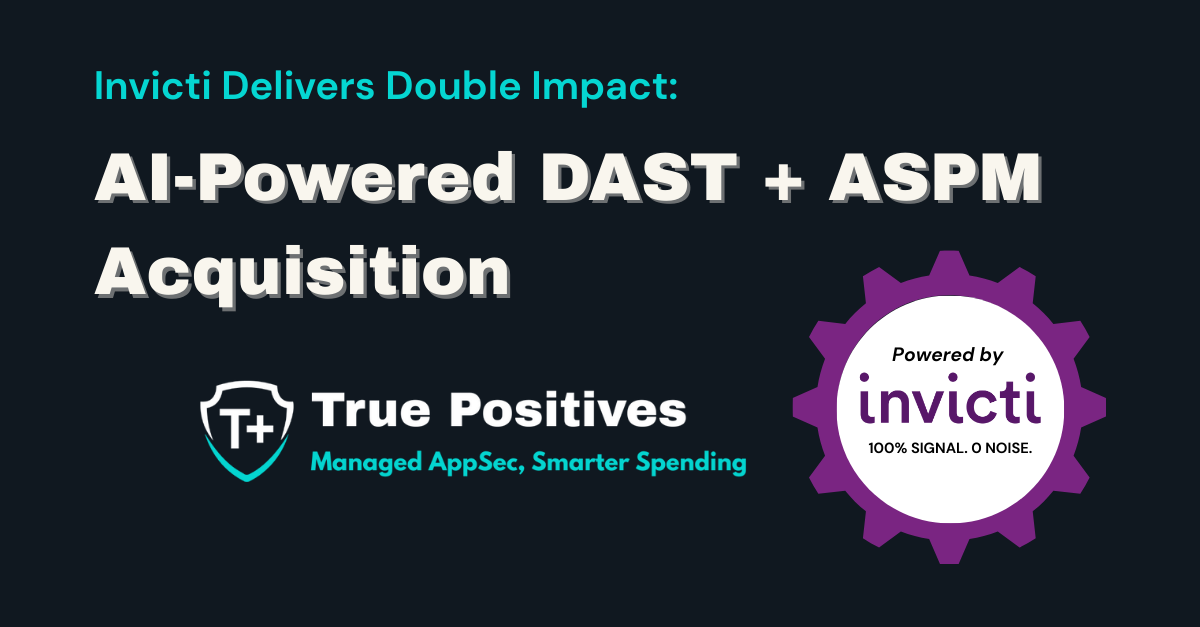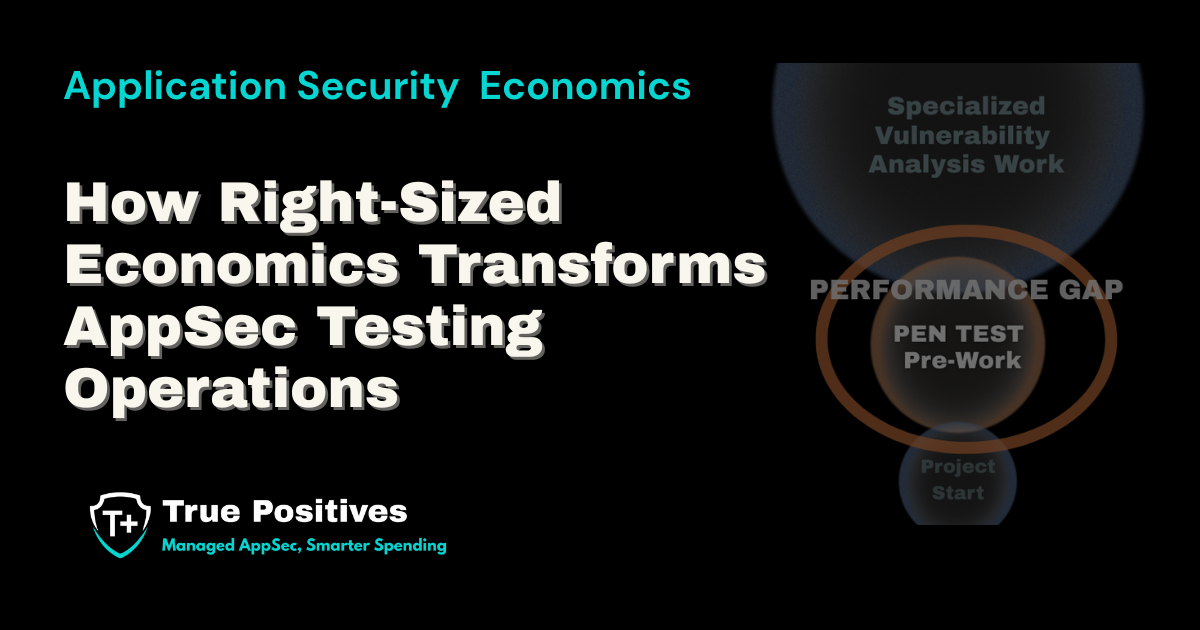Web Application Vulnerability Scanning: Comparing Options for In-house vs Outsourcing
The phrase “You can’t do it all” is more relevant than ever, especially for businesses. In today’s complex landscape, companies often turn to outsourcing to manage various tasks and functions, allowing them to concentrate on their core strengths. This includes everything from customer service to marketing and HR to IT. Cybersecurity is no exception to the outsourcing trend.
Application vulnerability scanning has emerged as a critical tool for businesses to proactively identify and mitigate security risks. However, a fundamental decision arises: should a business develop in-house app vulnerability scanning capabilities or outsource this critical function to a third-party provider?
This article will take a look at the intricacies of both approaches, exploring the advantages and disadvantages of each, in order to guide in order to guide businesses towards the most suitable solution.
Application Vulnerability Scanning - Outsource or In House?
Application vulnerability scanning involves the systematic and automated process of identifying weaknesses within software applications, networks, and systems that could be exploited by malicious actors. This proactive approach allows organizations to discover and patch vulnerabilities before they can be leveraged for cyberattacks.
Generally, organizations have two main choices when it comes to web app vulnerability scanning - building an in house team or outsourcing to a 3rd party vendor.
In-House Application Vulnerability Scanning - A Look at the Pros and Cons
In-house application vulnerability scanning automation can be a compelling option for businesses seeking full control and customization over their security measures.
Pros of In-house App Scanning:
- Tailored Solutions: In-house solutions can be designed to address the specific vulnerabilities unique to your organization's environment. Granular control allows for highly targeted scanning and remediation strategies.
- Seamless Integration: Integration between in-house solutions and existing security tools and workflows is often smoother and fosters a more cohesive security ecosystem. This can enhance incident response and streamline vulnerability management.
- Enhanced Data Security: By keeping sensitive data within your organization's control, you minimize the risk of unauthorized access or data breaches that could arise from sharing information with external vendors.
Cons of In-house AppSec:
However, the in-house approach comes with significant challenges, particularly for businesses managing a limited number of web applications:
- High Costs:
- Talent Acquisition: Acquiring and retaining such specialized expertise can be a major hurdle. Hiring skilled application security professionals is a costly endeavor, with salaries, benefits, and recruitment often exceeding $250,000 annually. The scarcity of qualified candidates and high turnover rates further exacerbate this issue.
- Tool Licensing: Licensing automated DAST or AST vulnerability detection tools can add another $10,000+ per tool per year to your expenses. Even then, not all tools are equally effective, and some may fall short of meeting your specific security needs.
- Resource Intensiveness: Building and maintaining a robust vulnerability scanning solution demands substantial investment in skilled personnel, infrastructure, and ongoing development. This can strain resources, especially for smaller organizations.
- Technical Expertise Requirements: Web application security is complex and requires a deep understanding of cybersecurity, programming, and network architecture. Additional hires or external vendors may be required for specialized expertise. Even large enterprises with plenty of funding and expansive IT cybersecurity teams can find themselves in situations in which additional outside expertise is needed.
- Keeping Pace with Evolving Threats: The cyber threat landscape is constantly shifting. In-house solutions must be continuously updated to detect new vulnerabilities and attack vectors, a task that demands time and resources. In addition, the rapid pace of innovation requires training and education to maintain a robust in-house security program.
Does In-House App Vulnerability Scanning Make Sense for Your Business?
The list of cons for in-house development of vulnerability scan automation may seem overwhelming. That's because in-house development does not necessarily make sense for every company and every use case. Robust internal web application security is often most feasible for large enterprises.
While in-house development can offer customization and control, the financial burden and resource-intensive nature of this approach can be overwhelming, particularly for businesses with limited web applications to secure. For most small to medium enterprises with one to five web applications, the cost of in-house development could range from $250,000 to $300,000 annually.
Outsourced Application Vulnerability Scanning - A Look at the Pros and Cons
Given alternatives of in-house development or doing nothing at all (which could be even more costly) outsourcing provides a realizable option for many organizations seeking a cost-effective and efficient solution for AppSec. By leveraging specialized security vendors, organizations can access external expertise and resources to bolster their security posture.
Outsourcing appsec vulnerability scanning automation can provide multiple benefits for companies - let's take a look at a few.
Key Advantages of Outsourcing App Vulnerability Scanning:
- Cost Efficiency: Outsourcing eliminates the need for significant upfront investments in infrastructure, personnel, and tools. Businesses pay only for the services they require. For example, vulnerability scanning automation of one application can cost as little as $500 annually.
- Specialized Expertise: Security vendors that specialize in vulnerability scanning possess extensive knowledge and field experience. Their solutions are typically backed by dedicated research and development ensuring comprehensive vulnerability coverage.
- Rapid Deployment: With outsourcing, vendors already have infrastructure, tools and expertise in place. This allows for swift implementation of vulnerability scanning automation without the time-consuming development process associated with building in-house solutions.
- Scalability: The option to outsource gives companies the ability to quickly obtain security services or establish robust security programs. In-house development consumes internal resources and time for each application that requires vulnerability scanning.
Without outsourcing, the cons very simply come down to less control over customization and generally how the job gets done - generally along the same lines as the pros for in-house app vulnerability scanning. development. However, depending on your organization's expertise and the scope of your web applications, you may not need or want granular control over the web app scanning process.
Making the Decision: In-House vs. Outsourcing
In many instances, outsourcing may seem like the immediate answer. However, here are some of the main factors you might want to consider when making your choice:
- Industry and Regulatory Requirements: Certain industries have stringent compliance requirements regarding data security and vulnerability management. These factors may influence the decision towards a specific approach.
- Organizational Size and Resources: Larger enterprises with ample resources might find in-house development feasible, while smaller businesses may opt for outsourcing to leverage external expertise and cost-efficiency.
- Number of web applications: For organizations with numerous complex or proprietary web applications, developing in-house expertise may be advantageous. In contrast, those with fewer applications might find outsourcing more practical.
- Technical Expertise and Staffing: In-house development necessitates a team with diverse technical skills. If such expertise is readily available, in-house development might be a viable option.
- Risk Tolerance: Organizations with a high-risk tolerance might opt for in-house development, seeking complete control over their security posture. Conversely, outsourcing might be suitable for businesses seeking a managed solution.
- Urgency: Developing in-house capabilities can be time-consuming, especially when building the necessary expertise and acquiring tools. If facing tight deadlines, outsourcing to a vendor with ready-to-deploy solutions can provide rapid implementation of vulnerability scanning.
Exploring Managed Application Vulnerability Scanning Services
Several reputable providers offer comprehensive managed vulnerability scanning services. For thorough all-in-one web application security testing, here are a few things you might want to look for:
- Turnkey Solution: Effortless setup and operation.
- Flexible Subscription Model: Tailored to your specific needs.
- Comprehensive DAST Security Analysis: Thorough and reliable testing.
- Expert-Verified, Detailed, and Actionable Reports: Clear insights and guidance.
- Includes Remediation Rescans: Ensuring continued protection.
- Expert Service and DevSecOps-Focused Support: Maximizing value and efficiency.
As an example, with True-Positives for five web applications, the comprehensive service outlined above would cost approximately $30,000 annually whereas in-house development could cost $250,000 to $300,000 annually.
Outsourced Vulnerability Scanning Automation Final Thoughts
Application vulnerability scanning automation is an indispensable component of modern cybersecurity. The decision to develop in-house capabilities or outsource to a third-party vendor requires careful consideration. Carefully weigh the advantages and disadfvantages of each as it relates to your business and make an informed decision thats aligns with your specific needs, resources, and risk profiles.
Ultimately, the goal is to implement a robust vulnerability scanning program that proactively safeguards valuable assets from cyber threats. This will not only help you protect your sensitive data and maintain the trust of customers and stakeholders but also ensure compliance with industry regulations and standards.
In-House vs. Outsourced Vulnerability Scanning Sources
https://www.stationx.net/cyber-security-job-statistics/
https://www.securitymagazine.com/articles/97350-highest-cybersecurity-retention-difficulties-in-years
https://www.statista.com/statistics/1172646/worldwide-cybersecurity-workforce-gap-region/
https://securityintelligence.com/news/cybersecurity-hiring-retention-2022/
.png)
About True Positives
True Positives is a cybersecurity services firm focused on application security. Our team possesses over 100 years of combined enterprise AppSec and DevSecOps expertise. Through our flagship managed services, organizations access enterprise-grade security testing without internal overhead. Our value-added reseller partnerships enable enterprises to construct robust in-house programs with proven tooling and implementation expertise. Serving clients in either capacity, we focus on strengthening security assurance while maintaining development velocity and optimizing program costs. Contact us to discuss your security testing requirements.
%2008%2014%202025%20(4).webp?width=1200&height=400&name=Copy%20of%20%20T%2B%20Logo%20Webpage%20Header%20(500X170)%2008%2014%202025%20(4).webp)


